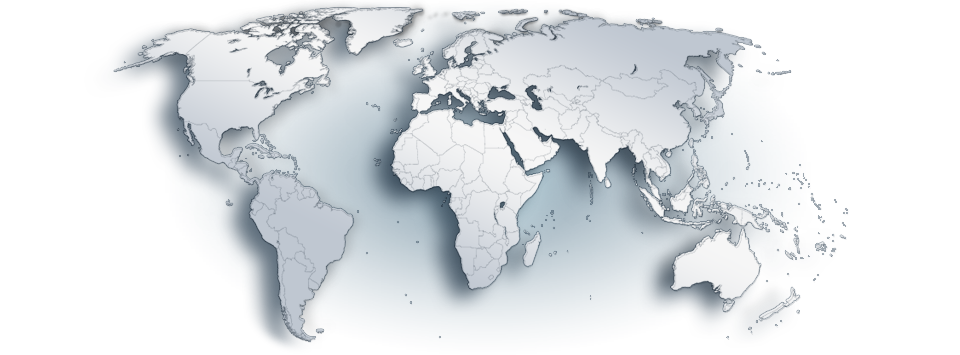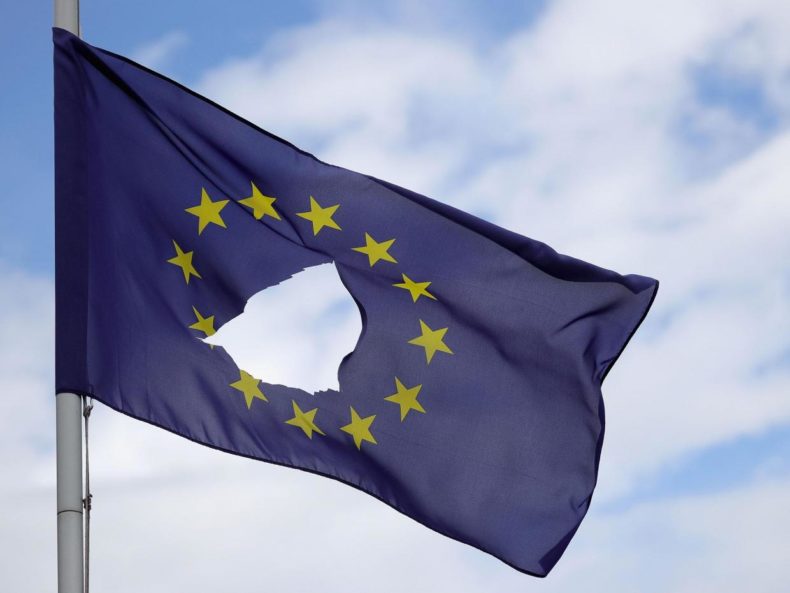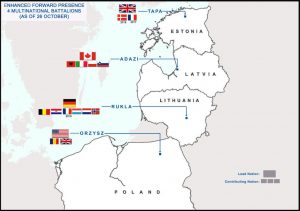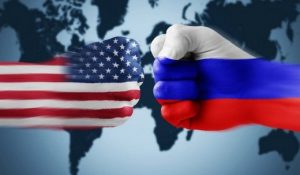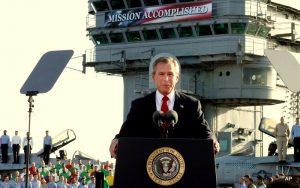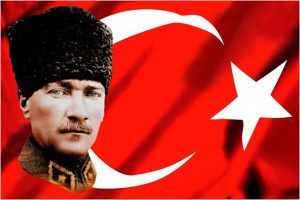
Views: 233
The European Union (the EU) is officially characterized by a purposeful diffusion of political authority between supranational and intergovernmental institutions. Based on the idea of (quasi)shared leadership, it formally relies on a delicate institutional balance guarding declared equality between its ever more diverse members and managing potential and real tensions between the more and less populated and developed states. Such tensions are present in any federal construct and have been a key concern since the “original six” (EU6) founded the (West) European Coal and Steel Community (the ECSC) in 1951 (the Benelux, West Germany, France, and Italy).
The formal facts and official EU’s propaganda about itself is something that we all know and we agree that is an admirable and amazing concept, that all these different people (27 Member States today) from such colorful nations decided to live together with the main purpose of having a big and united community with trying to live in peace and comfort and to enjoy the developed medical and educational systems. It is all we always read in the press and see on TV, but there were no public releases about a single wrong or questionable decision or action taken by the EU.
So, what is more, interesting now: let’s have a look at some different opinions. I do not want to write about a “reality” because reality is such a subjective and questionable field, but I would like to draw the attention of a critical approach to the studies on the EU and European integration within the economic-political umbrella of the EU.
All theoreticians of the European unification within the umbrella of post-WWII (West)European Communities (today the EU) will stress four crucial points of the importance of this process:
- It will bring to an end the millennial war-making between major European powers.
- A unified Europe will anchor the world power system in a polycentric structure with its economic and technological might and its cultural and political influence (probably together with the rise of the Pacific states).
- It will preclude the existence of any hegemonic superpower, despite the continuing military and technological pre-eminence of the USA.
- European unification is significant as a source of institutional innovation that may yield some answers to the crisis of the nation-state.[1]
As a matter of very fact, European unification after WWII grew from the convergence of alternative visions, conflicting interests between nation-states, and between different economic and social actors. The very notion of Europe, as based on a (quasi) common identity, as highly, however, questionable. Nevertheless, the European identity, historically, was racially constructed against “the others”, the “barbarians” of different kinds and different origins (Arabs, Muslims, Turks, and today Russians), and the current process of unification is not different in this sense. The unification was made from a succession of defensive political projects around some believed common interest (for instance, the Russian “threat” after the Cold War 1.0 and especially the 2014 Crimean crisis followed by the Russian humanitarian intervention in East Ukraine in 2022) among participating nation-states. The process of unification, therefore, was aimed at defending the participating countries against perceived “threats” in all of these cases, however, the final goal was primarily political but the means to reach this goal were, mainly, economic measures. As another matter of fact, from the very start of the process of European unification after WWII, NATO provided the necessary military umbrella.
Historically, the European debate about competing visions of the integration process after WWII was three-folded:
- The technocrats who originated the blueprint of a united Europe (particularly the French Jean Monnet) dreamed of a federal state which practically meant the accumulation of considerable influence and power in the hands of the European central bureaucracy in Brussels, Strasburg, and Luxemburg.
- The President Ch. De Gaulle (1958−1969) emphasized the opinion concerning the transfer of sovereignty to be known as intergovernmental and, therefore, it was placing the European wide-decisions in the hands of the Council of heads of executive powers from each Member State. De Gaulle tried to assert European independence vis-à-vis the USA and this is why France vetoed twice in 1963 and 1967 the British application to join the EEC considering that the UK’s close ties to the USA would jeopardize the European autonomous initiatives.
- Indeed, the UK represented the third vision of European integration focusing on the development of a free trade area without conceding any significant political sovereignty. When Great Britain joined the EC (together with Ireland and Denmark) in 1973, after de Gaulle’s departure, this economic vision of the European integration (in fact, the EFTA) became predominant for about a decade.
Nevertheless, the original winning plan of Jean Monnet was from the very beginning to create a federal European supranational state – the United States of Europe into which will be merged the majority of the European nations including all the time extremely Eurosceptic Great Britain which finally left the EU on January 1st, 2022 (the Brexit). This new superstate popularly called United Europe will have one Parliament, one Court of Justice, a single currency (the Euro), a single Government (today known as the European Council with its “Politbureau” the European Commission), single citizenship and one flag as the external attribute of the statehood.
That has been the plan all along. However, those who favor it knew well that the overwhelming majority of people from Europe would never sincerely accept European Unification in such a form. They would never willingly surrender their freedoms and national identities to become just a province of the European superstate as, in fact, a geopolitical project originally designed against the Soviet Union and its East European satellite states during the Cold War 1.0. So, what did the pro-European politicians in order to realize their geopolitical plan? They simply conspired to keep the truth from the people.
Now, the focal question became: What is the real truth behind the European Union?
The need to unite Europe grew understandably out of the devastation left behind after two catastrophic world wars. There is clear evidence, both in the successive European treaties themselves and in pronouncements by the would-be designers of Europe, that the European Union was intended from the outset as a gigantic confidence trick that would eventually hurtle the nations of Europe into economic, social, political, and religious union whether they liked it or not. The real nature of the final goal – a federal superstate like the United States of Europe – was deliberately concealed and distorted. It was to be released in small doses, to condition those who would never have accepted it until it would be too late for the whole process to be reversed or crucially changed.
Ex-university professor
Vilnius, Lithuania
Research Fellow to Center for Geostrategic Studies
Belgrade, Serbia
vsotirovic@yahoo.com
© Vladislav B. Sotirović 2022
[1] Featherstone K., Radaelli C. M., The Politics of Europeanisation, N.Y.: Oxford University Press, 2003; Cini M., European Union Politics, N.Y.: Oxford University Press, 2004.
Personal disclaimer: The author writes for this publication in a private capacity which is unrepresentative of anyone or any organization except for his own personal views. Nothing written by the author should ever be conflated with the editorial views or official positions of any other media outlet or institution.
Originally published on 2022-10-16
Origins of images: Facebook, Twitter, Wikimedia, Wikipedia, Flickr, Google, Imageinjection, Public Domain & Pinterest.
Read our Disclaimer/Legal Statement!
Donate to Support Us
We would like to ask you to consider a small donation to help our team keep working. We accept no advertising and rely only on you, our readers, to keep us digging the truth on history, global politics, and international relations.
FOLLOW US ON OUR SOCIAL PLATFORMS